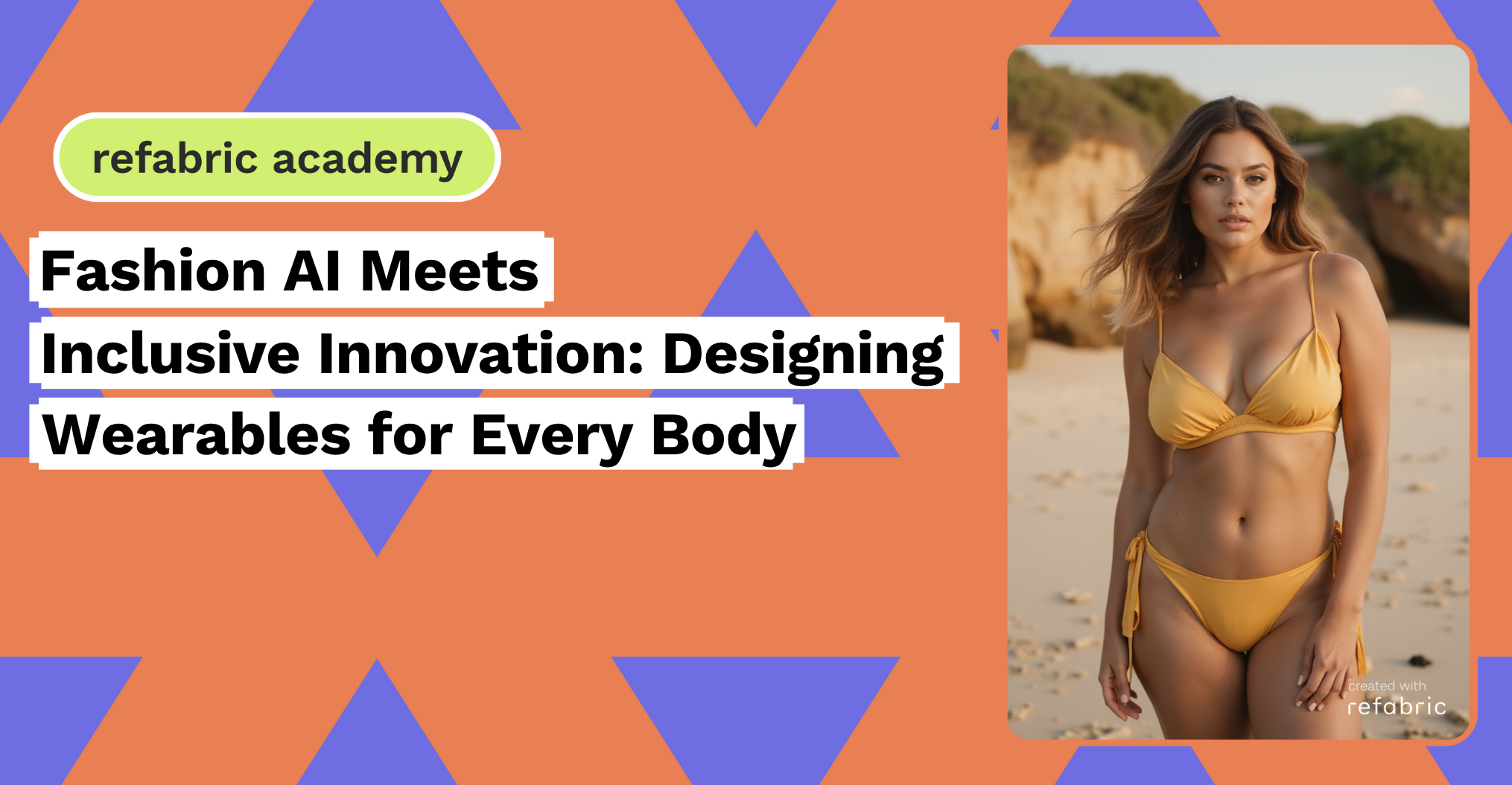Fashion AI is redefining what it means to be truly inclusive in the world of design. By analyzing vast data sets from real people, rather than industry ideals, fashion AI is enabling a new generation of wearables that prioritize accessibility, comfort, and self-expression for everyone, regardless of size, shape, ability, or background.
A New Era of Inclusive Design
Fashion has long struggled with inclusivity. For decades, mainstream fashion catered to a narrow definition of beauty, limited sizing, able-bodied models, and a general lack of diversity. But consumers are demanding more. They want clothing that reflects their identities and fits their bodies without compromise. This is where fashion AI becomes a game-changer.
Unlike traditional design methods, fashion AI doesn’t rely on static sizing charts or arbitrary fit standards. It learns from real-world data, including customer reviews, 3D body scans, social media posts, and return patterns. This means it can identify underserved segments and design solutions tailored to them. From extended sizing to adaptive closures, AI-generated insights help brands offer products that serve more people with greater precision.
Listening to Every Body
At the heart of inclusive fashion is the ability to listen. Fashion AI gives brands the ability to truly understand what people want and need, not based on assumptions, but on behavior and feedback. It can process millions of data points to uncover trends like where a garment typically fails (too tight in the hips, sleeves too short) and offer design alternatives accordingly.
This level of detail is especially valuable in designing for people with disabilities or specific mobility needs. AI tools can help create apparel that’s easier to put on, made from sensory-friendly fabrics, or integrates assistive technology. Instead of being an afterthought, inclusivity becomes embedded in the design process from the beginning.
Designing with Empathy, Powered by Fashion AI
Inclusive design is not only about fit, it’s about experience. Fashion AI can analyze sentiment data and cultural trends to help designers create pieces that resonate emotionally as well as physically. For example, by tracking conversations around gender expression or body positivity, AI can suggest silhouettes, colors, and messages that support self-identity.
This approach empowers designers to go beyond the surface and make thoughtful, empathetic choices. Whether it’s designing gender-fluid collections, culturally conscious pieces, or apparel that addresses climate sensitivities, fashion AI provides the insight to make inclusion an actionable reality.
The Democratization of Data and Design
Another major benefit of fashion AI is that it levels the playing field. Small brands and independent designers, who may not have access to traditional research or sample diversity, can now use AI tools to understand their audience better. Platforms like Refabric AI help creatives access powerful analytics, virtual sampling, and consumer behavior modeling, giving them the insights they need to produce collections that reflect their values and communities.
This democratization also means that underrepresented groups can see themselves more accurately reflected in fashion. With the right tools, designers can build brands around niches that have historically been overlooked and do so with confidence, backed by data.
A Future Where Fashion Fits All
As consumers grow more conscious and vocal, the industry must evolve from aspirational to actual representation. Fashion AI enables this shift not just in rhetoric, but in real, wearable change. It reduces guesswork, prioritizes personalization, and supports meaningful storytelling.
Ultimately, inclusivity in fashion isn’t a trend, it’s a necessity. And fashion AI is the powerful tool helping to make it permanent. As more brands embrace this technology with purpose, the industry moves closer to a future where every body is not just seen, but celebrated.
Fashion AI for good means fashion for all. It’s not just a technological advancement, it’s a cultural one, paving the way for a more empathetic, innovative, and inclusive industry.
